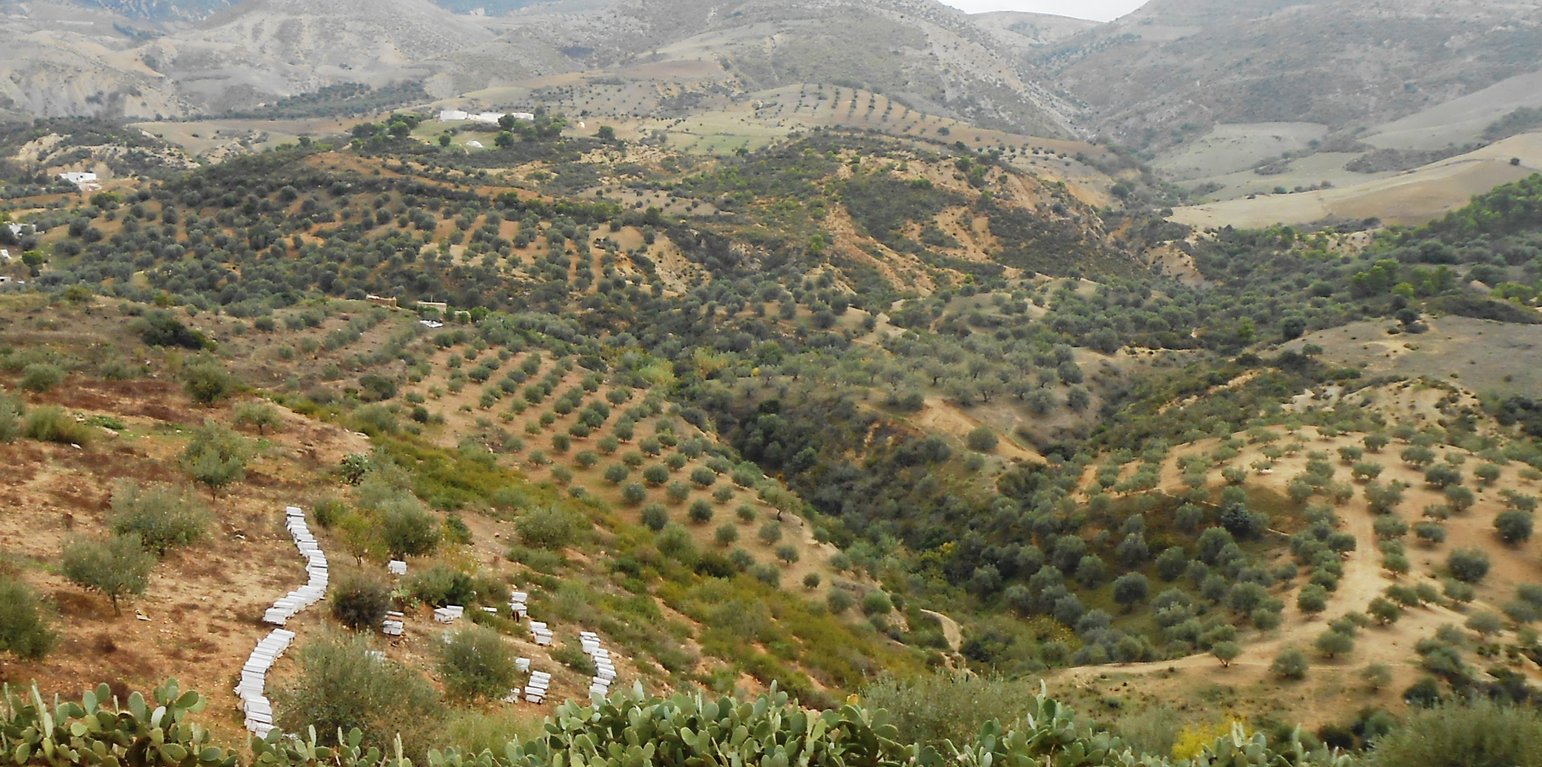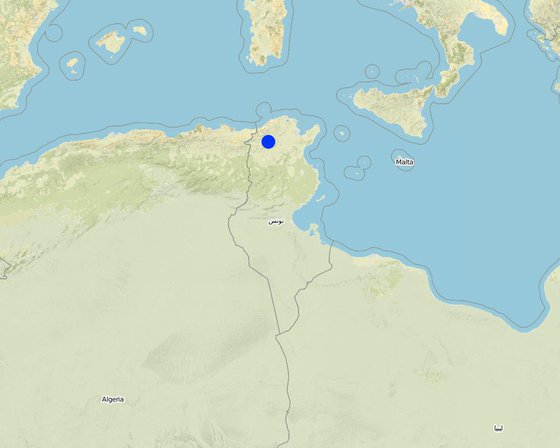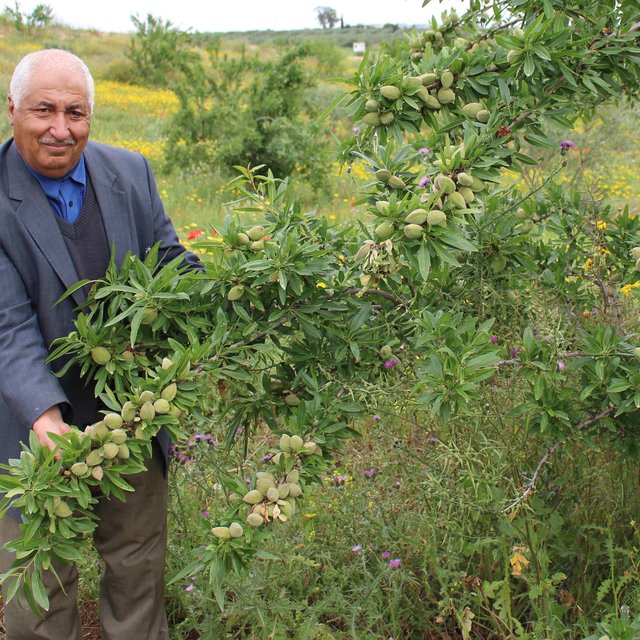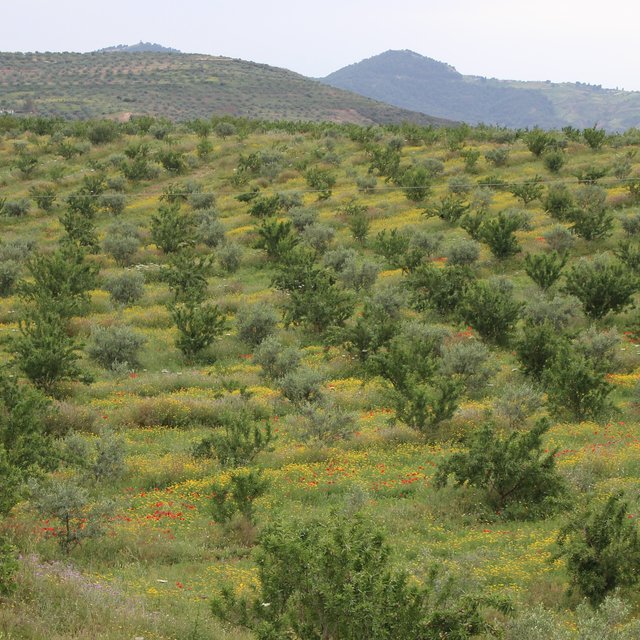

Le système agroforestier dans les zones montagneuses au Nord Ouest Tunisien. (ODESYPANO)



Location: Tunisia
No. of Technology sites analysed: single site
Spread of the Technology: evenly spread over an area (approx. 0.1-1 km2)
In a permanently protected area?:
Date of implementation: 10-50 years ago
Type of introduction











| Specify input | Unit | Quantity | Costs per Unit (n.a.) | Total costs per input (n.a.) | % of costs borne by land users |
| Labour | |||||
| 100.0 | 3.0 | 300.0 | 100.0 | ||
| Equipment | |||||
| 100.0 | 2.0 | 200.0 | |||
| Plant material | |||||
| 100.0 | 2.2 | 220.0 | |||
| Fertilizers and biocides | |||||
| 3.0 | 50.0 | 150.0 | 100.0 | ||
| Total costs for establishment of the Technology | 870.0 | ||||
| Specify input | Unit | Quantity | Costs per Unit (n.a.) | Total costs per input (n.a.) | % of costs borne by land users |
| Labour | |||||
| 100.0 | 2.0 | 200.0 | 100.0 | ||
| 100.0 | 1.0 | 100.0 | 100.0 | ||
| Equipment | |||||
| 2.0 | 25.0 | 50.0 | 100.0 | ||
| Fertilizers and biocides | |||||
| 1.0 | 50.0 | 50.0 | 100.0 | ||
| Total costs for maintenance of the Technology | 400.0 | ||||